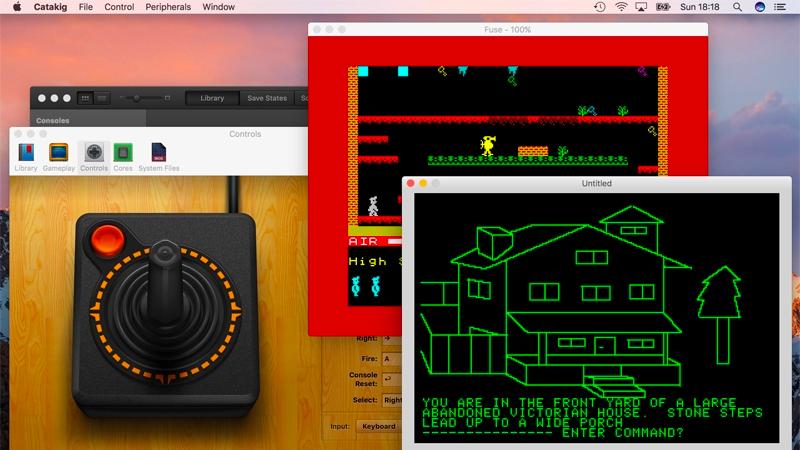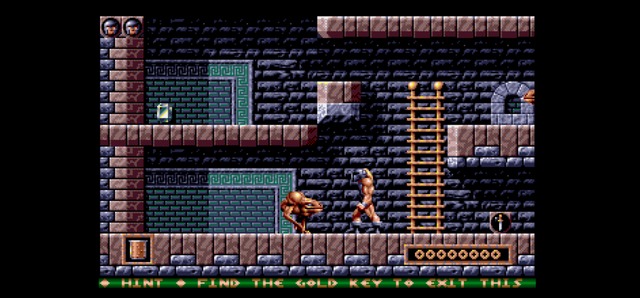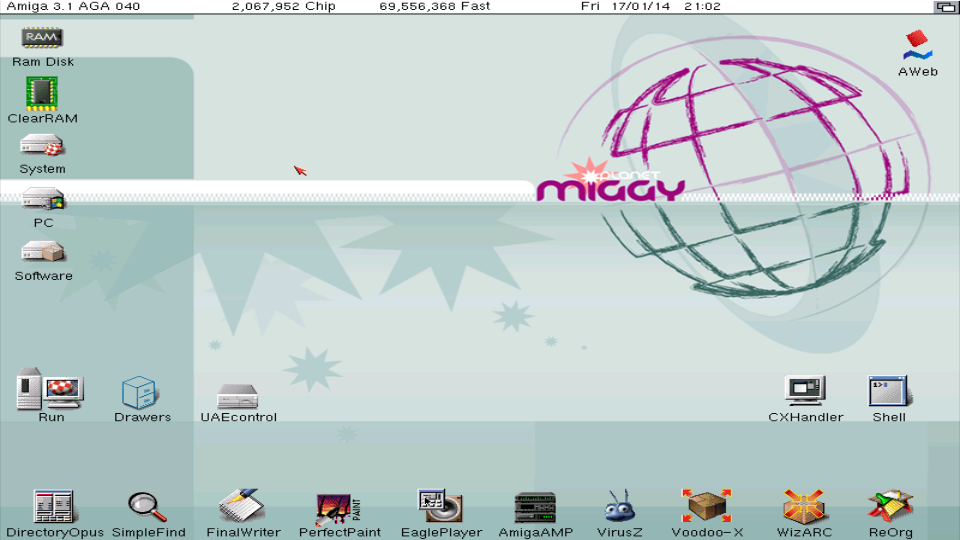
There were two things that were interesting about the Amiga in 87: video toaster for doing cheap video effects (think intro sequence to Better Call Saul, not awesome demos) and gaming.īut gaming on the PC made a huge leap in 1987 when IBM shipped ALL of their new PS/2 computers with a 256 color video adapter called the VGA (seem to remember the lowest end models only doing 256 colors in 320x260 mode.

386 killed the chief advantage of 68k architecture, and for whatever reason Motorola just couldn't get the clock speed up fast enough. so no more trying to fit data into tiny pages (64k). 386 was a big deal because it finally got us Intel devs a flat address space.
#Mac amiga emulator intel portable#
Within a year of that, I was using a Compaq portable 386 ( ). My first 386 dev box was purchased in 1987. For devs it was a new box every year or two.
#Mac amiga emulator intel 32 bit#
We went from 8 bit to multimedia 32 bit in less than 10 years. It's really hard to give people from this generation a sense of how fast things advanced and how big the leaps were in the 80s and early 90s. Something faster and funner than the Amiga could have been built with a 32-bit 6502 descendant and chipsets similar to what was in the Amiga. Western Design stopped at the 65c816, a 16-bit variant of the 6502. Some really neat machines could have been made if they'd continued to advance them, gotten past the 64k memory address limit and into high clock rates. Those architectures had insanely fast interrupt processing and very fast (single CPU cycle) memory access.

What is an interesting mental exercise is imagining what would have happened if the 6502 or 6809 architectures had expanded and done well. But now we're seeing a world where the ARM belatedly wins out, which is kind of neat, tho ARM is arguably now as "evil" as Intel :-) I used to wonder what the world would have been like if the 68000 systems won out. But it was hobbled by poor software support - it's only now that hackers are discovering what they can do with the combination of the 68030 and the Motorola 56k DSP in it (Example: Quake 3 has been ported/rewritten recently for it, using the 56k for 3d acceleration.) I have an Atari Falcon 030, Atari's last and best machine.

The mix of a lack of memory protection and emulated CPU instructions would have been the same for the Amiga and Atari ST whose OSs also lacked memory protection and safety features of more modern operating systems. I'm not sure if you ever used a PowerPC Mac when they were a mix of emulated 68k and PowerPC, but they were notoriously unstable. Maybe Motorola could have pulled off what Intel did with Pentium, paper over the aging CISC with RISC internals, but instead we got PowerPC. And frankly by the late 80s the 680000 architecture itself had hit a dead end performance wise.


 0 kommentar(er)
0 kommentar(er)
